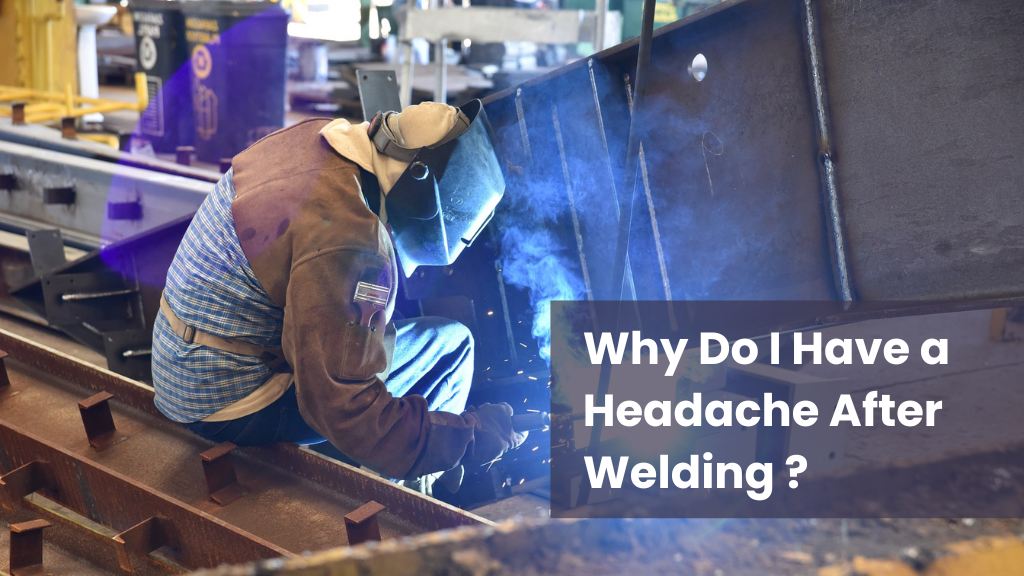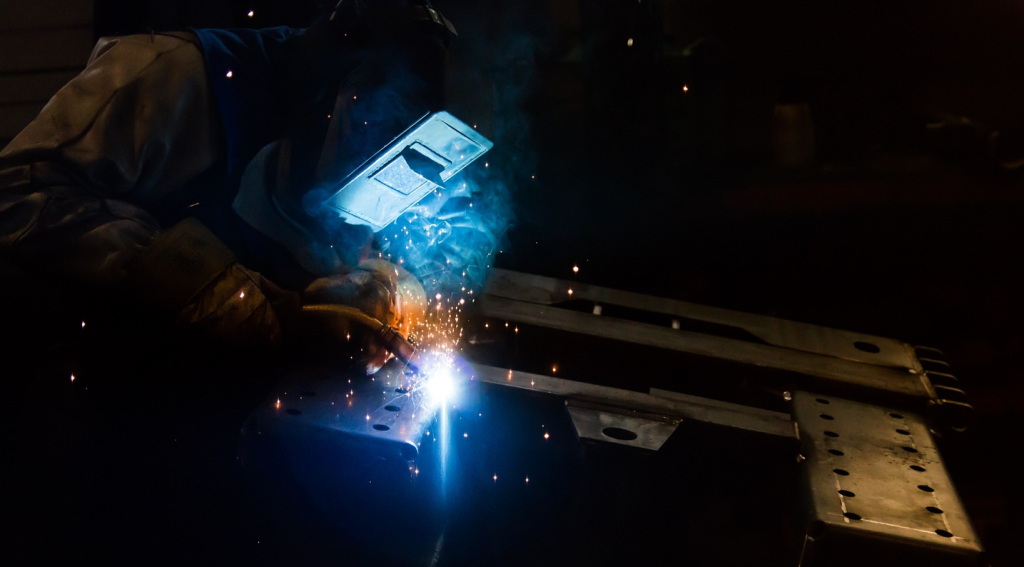Carbon-arc welding, gas tungsten-arc welding (GTAW or “TIG”) welding, and gas metal arc welding (GMAW or “MIG”) welding are welding processes that emit ultraviolet radiation and can lead to the production of ozone and nitrogen oxides.
It is also possible for the exposure to degreasing compounds to be increased by UV radiation, which may irritate the eyes, lungs, and cause headaches and chest pains.

320 Cases
Considered
240 Hours of Research
55 Experts Interviewed
175 Studies
Analyzed
How to Avoid Headaches While Welding?
It is common for side effects such as headaches to occur while welding if proper safety measures are not followed. Welders should protect themselves while welding by wearing protective gear. This gear includes respirators and helmets.
Additionally, welders should ensure that there is adequate ventilation. During the cutting and welding of the metal, fumes escape and can cause chills, vomiting and headaches.
You can still enjoy welding if you use added protection. Follow these suggestions to avoid headaches while welding.
In addition to proper ventilation and other preventive measures, headaches can be avoided through adequate ventilation.
Step 1
When you are welding metal, make sure that you put it in a position that allows fumes to escape from your breathing area. You may want to open windows and doors so that there is enough air flow.
If you are unable to move the metal that you are working on and the room you are working in is not well ventilated, you may want to consider bringing fans in.
Step 2
During welding, you need to wear a welding helmet that fits snugly around your head to protect yourself from the poisonous fumes that are released during welding.
Step 3
There is a way to avoid headaches when welding if you use a downdraft bench. Downdraft benches are able to pull the air down and through the grids of the welding table.
Step 4
If you are welding, make sure you wear ear protection to reduce the noise level. Excessive noise is one of the factors contributing to headaches.
Step 5
Wearing a well-fitting, comfortable respirator will help to minimize your exposure to fumes that come from welding, so that you cannot become ill as a result.
What I Did To Avoid Headaches When Welding?

In the following paragraphs, I will share a few suggestions that I have personally found to be effective.
First:
Have you heard of using polarizing sun glasses under your helmet? I am sure it would result in much clearer vision.
I knew a welder who wore them under his helmet and he never welded without them. I also noticed that his lens was a couple of shades lighter than you might expect.
I did not test it, but it did seem to work. Although I haven’t done it myself, I have seen it work.
Second:
I have the same problem when it comes to MIG welding; I cannot see where I am heading, but this does not seem to be as problematic when I stick weld. You are correct that “point sources” of light are needed when welding.
I have successfully added some general area lighting to the weld path with a flood light. Reducing the point source of light and adding more light to the general area seems like a good idea to me.
I try to weld outdoors in the sun, facing into the sun, so that the sun’s light illuminates the weld path very well. Basically what I can say is that it helps me to see the weld path and the puddle better.
Third:
A lot of people will agree with me when I say you should buy High Quality Wire. After trying to save some money, I bought a cheap spool of wire.
What a disappointment! The next spool was Hobart wire. What a difference! I’m not saying Hobart wire is the most reliable, but spend the extra money on quality wire. I bought an adapter to allow me to use either a 1- or 10-pound spool with ease.